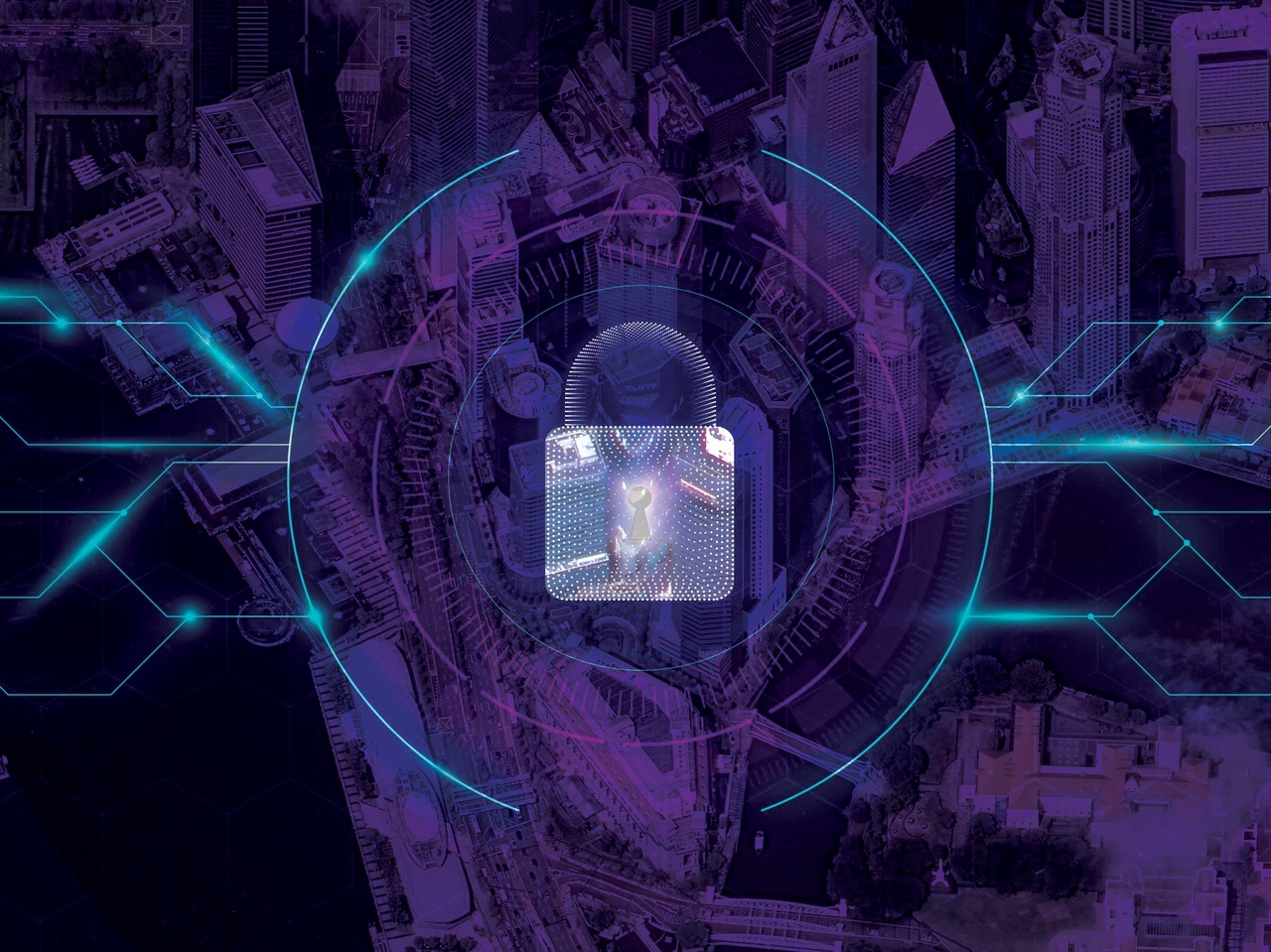
The Golden Dome Initiative: A New Era for the Satellite Industry
The Golden Dome initiative is more than just defense; it is a clarion call for a resilient, dynamic satellite sector capable of responding to rapidly evolving threats.October 7th, 2025The satellite industry, once the exclusive playground of superpowers and select multinational corporations, is undergoing a seismic shift. At the heart of this transformation is the Golden Dome initiative, a policy and procurement strategy designed to dramatically fortify national security and technological superiority in orbit. Its ripple effects are being felt across the satellite ecosystem, from manufacturing and launch services, to data analytics and global communications. But what does the Golden Dome really mean for the satellite industry and its future?
First announced as a suite of programs aimed to create an "impenetrable shield" in space, the Golden Dome initiative signals a robust pivot in defense policy. The plan focuses on integrating advanced private-sector satellite innovations with government requirements, ensuring the United States and its allies maintain decisive advantages in intelligence, surveillance, reconnaissance, and communications. The initiative is more than just defense; it is a clarion call for a resilient, dynamic satellite sector capable of responding to rapidly evolving threats in the space domain.
Innovation as a National Security Imperative
The Golden Dome initiative incentivizes commercial companies to develop advanced capabilities for rapid deployment and adaptability. This has led to an unprecedented increase in research and development investment across the satellite industry. New generations of Low-Earth Orbit (LEO) constellations, micro-satellite swarms, and on-orbit servicing platforms are being designed with modularity, resilience, and cybersecurity at their core. Startups and established firms alike are vying for a place in procurement pipelines, accelerating technical progress, the corollary driving down costs through competition.
For the satellite industry, this is transformative. Companies that may have previously struggled to secure government contracts or investment could now find new opportunities. The Pentagon’s push for open architecture and interoperable systems means smaller innovators may have a seat at the table, while larger primes are compelled to collaborate and integrate diverse technologies. The result should be an invigorated industrial base, with U.S. satellite capabilities leaping ahead in both quality and quantity.
Supply Chain Resilience and Domestic Manufacturing
Another cornerstone of the Golden Dome is supply chain security. Recent years have exposed vulnerabilities in the global flow of satellite components and rare earth materials — vulnerabilities adversaries could exploit. The initiative mandates end-to-end security audits and incentivizes the reshoring of satellite manufacturing, assembly, and testing to U.S. soil. This would also open a new initiative for reporting, collecting, and addressing discovered weaknesses and vulnerabilities, leading to a combined effort by multiple agencies, industry, research laboratories, and academia extending the CVSS and CWE efforts to combined ground, air, and space-based arenas. This reshaping of supply chains creates jobs, bolsters manufacturing expertise, and ensures that critical national security assets are less dependent on foreign suppliers.
Furthermore, the technologies cover offensive and defensive capabilities, failure analysis of a combined system of systems. The challenge is that in any system, security should cover the hardware, software and communications stacks of ground, air, and space-based systems of low, medium, and high orbits. To do so, one would need to create a secure and safely engineered system of systems at a scale unseen to date, requiring tested, evaluated verified and validated (TEVV) components and compositions created at rapid phase.
To ensure resilience and redundancy multiple communications paths between entities at varying speeds, thrust levels, and real-time trusted computations against physical and systems failures would require communications and computation paradigms at much accelerated scale. On an ongoing basis, all of these have been influenced by many AI/ML technologies. Using trusted AI systems can accelerate these technologies by assisting human analysts throughout the development life cycle, system of system integration and the TEVV processes. Some of these technologies such as deep and transfer learning, generative adversarial networks, large language models (LLMs) and large quantitative models (LQMs) have their inherent risks. Some of these include model and data drift and the risk induced due to the differences in the context of training, testing, and usage. Using these technologies in guiding military systems of multiple modalities would need to be again TEVV for the explicit purposes in the proposed use case scenarios and certified and authorized to operate (ATO).
Finally, to ensure that end-to-end resilience (both cyber and physical) against multiple environments are met with strict timing and performance specifications it will be required that existing technologies, tools and capabilities of government, industry and academia be interoperable.
The Dual-Use Dilemma
A central tension in the Golden Dome initiative is the dual-use nature of satellite technology. The same innovations that enable next-generation navigation, weather forecasting, and broadband for remote communities can also be leveraged for military applications. By amplifying U.S. government investment in commercial companies, there is a risk of crowding out purely civilian applications or constraining the open sharing of data and technical knowledge.
As well, the Golden Dome pulls the commercial satellite industry deeper into the defense orbit, creating lucrative markets for Earth Observation, secure communications, and anti-jamming technologies. Companies now engineer their business models around both public and private sector needs, sparking a virtuous cycle of innovation that spills over into everyday life: think disaster response, precision agriculture, and global connectivity.
Challenges and Critiques
No major policy shift is without controversy. Critics warn that the Golden Dome could trigger an arms race in orbit, as adversaries seek to neutralize or replicate American capabilities. There are also concerns about sustainability — thousands of new satellites increase the risk of debris and collision, threatening the very orbits on which the initiative depends. The balance between security and openness will remain a contentious issue, as will the need to secure space without militarizing it further. Moreover, this shift will require sustained government funding. Optimally, the Golden Dome stands both as a shield and a beacon — a reminder that the stakes of space are higher than ever, and that the choices made today will echo for generations to come. VS
Lisa Donnan is founder and CEO of The Donnan Group, founded in 2017 to advise and consult with companies having dual-use, defense, and civilian, technologies.
Dr. Duminda Wijesekera is the Chief Scientist at George Mason University Innovation Lab
Lead photo: NASA photo from the ISS over Earth’s northern hemisphere, taken March 2017







